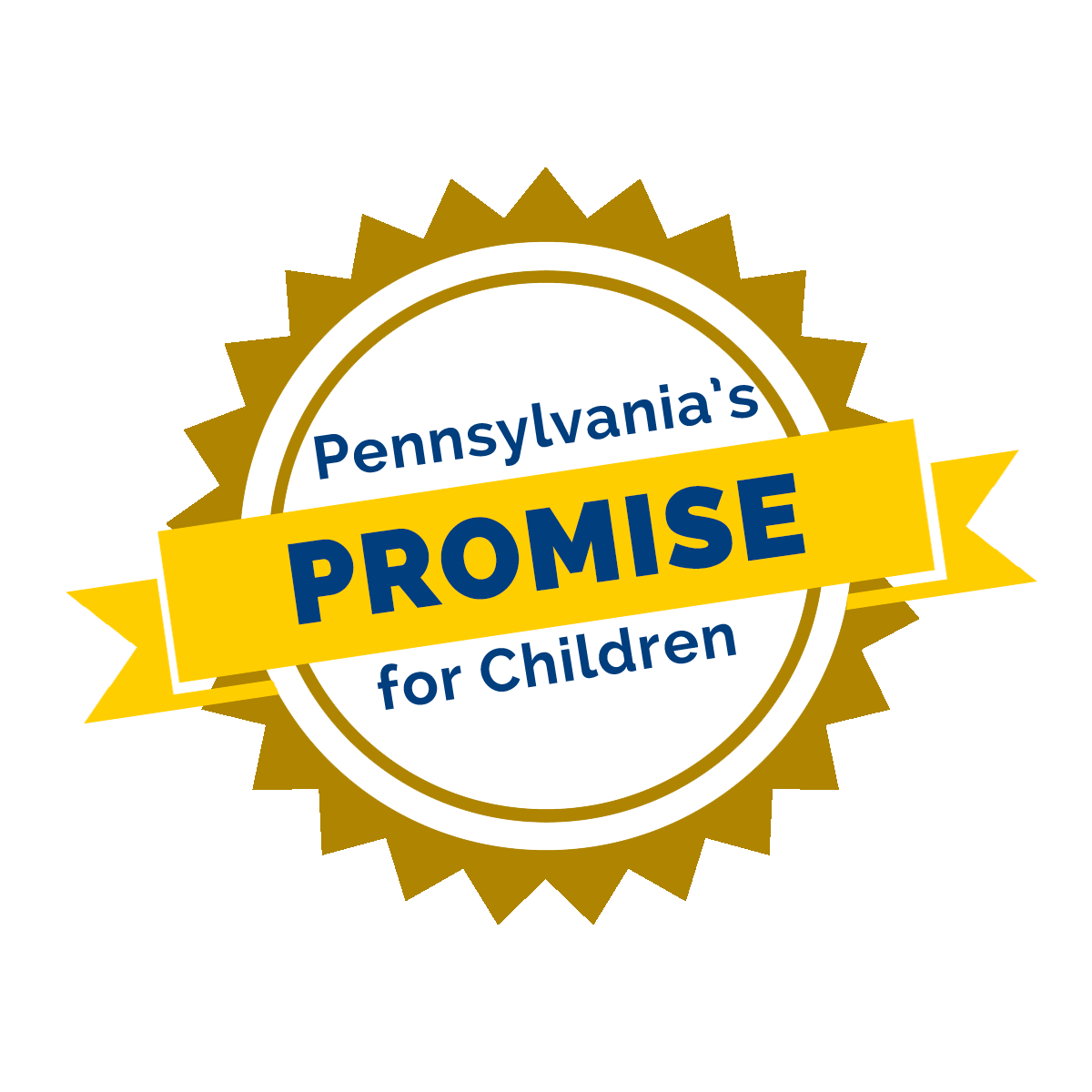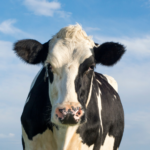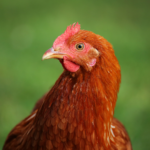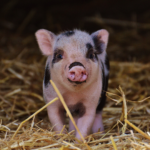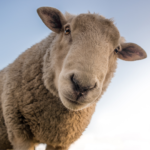Did you know that early learning opportunities are associated with the Pennsylvania Farm Show?
Typically, Pennsylvania hosts the largest indoor agricultural exposition under one roof in the nation, with nearly 6,000 animals, 10,000 competitive exhibits, and 300 commercial exhibits. The event showcases the quality and breadth of Pennsylvania’s agriculture industry and the people who make it thrive.
Family Resources for the Pennsylvania Farm Show
PA’s Promise for Children has several resources available at home, in school, or within your community.
Before you visit, look at the A Family Guide to Exploring the Pennsylvania Farm Show. Get tips to help make the most of your visit with young children.
Early Learning Activities
Try these activities with your child at home, school, or in the community. Click below to view the early learning activities for children from birth through kindergarten.
- Cows and other animals: Count the legs of a cow. Help your child identify other animals that have the same number of legs as a cow. Can you find an animal with two legs?
- Quilting: A quilt can have many different colors. Help your child identify the other colors on a quilt. A quilt can also have different shapes of fabric. Help your child identify the various shapes, like squares, rectangles, stars, or circles.
- Sheep, Pigs, and other items: A sheep may feel soft, while a pig may feel rough. Help your child identify other items that may feel soft (like a blanket) and items that may feel rough (like a piece of wood). What other words can you use to describe items? How about smooth, wet, or cold?
- PA State Police: Police officers are community helpers and help keep us safe. What other types of community helpers are available? (Firefighters, doctors, nurses, paramedics, teachers, veterinarians, forest rangers, crossing guards, etc.)
- School Bus: Watch or ride the school bus with your child. What color is the school bus? Say hello to the school bus driver. How does the door to the school bus open and close? How many wheels does the school bus have? Are the other vehicles with the same number of wheels as the school bus?
Old MacDonald is a familiar children’s song. Use different farm animals in the traditional version, or use “…on that farm he grew some ________ (mushrooms, apples, pumpkins, etc.)”
Horsing Around – Sit your child in your lap and bounce your knees while saying, “Giddy-up, giddy-up, giddy-up. Go!” On “Go,” stop bouncing, move your knees apart, and gently lower your child a few inches. It’s sure to get a giggle!
Here is a Beehive – Here is a beehive, but where are the bees? (clench fist). Hiding away where nobody sees (point to fist). Here they come, crawling out of their hive (open fist, one at a time). One, two, three, four, five!
Animal Antics – Children can imitate the sounds that the animals make. Adults can prompt them to “Moo like a cow, neigh like a horse, cluck like a duck, etc.”
Animal Antics – With your toddler, move/act like animals (hop like a bunny, gallop like a horse, snort like a pig, moo like a cow, flap your arms like a bird). Ask your toddler what other animal actions can we do.
Sensory – What did you see, hear, smell, and touch at the Farm Show or your home or community? What surprises did you find?
What do they eat? – Ask your toddler to think about what the different animals eat. Do they eat grass or meat? Talk about the differences between carnivores and herbivores.
Shape and Color Identification – Shapes and colors can be found everywhere around the Farm Show, your home, or your community. Help your toddler look around and identify the different shapes and colors that can be found.
I Spy – Have an adult or preschooler describe something they spy in the environment. Use descriptive words (like round, tall, or blue) and have preschoolers guess what is described.
Animal Counting – Have children count how many of the same animals are in one area.
Sensory – What did you and your preschooler see, hear, smell, and touch at the Farm Show at home or in your community? What surprises did you find?
Comparing Size – Preschoolers can start learning about size differences by comparing the sizes of the animals, tractors, etc. Be sure to use words like smaller, smallest, bigger, largest, etc.
Growing Food – When exploring the food at the Farm Show at home or in the community, prompt children by asking, “Who grew it? How did it get from the field to our plates? How long does it take to grow and sell the items?” The book lists below also have books that feature foods. Ask your librarian to help you find one of the books to explore.
Scientific Thinking – Many living and non-living things are found at the Farm Show at home or in the community. Explore the differences and talk about how plants and animals grow and change. The book lists below also have books that feature foods. Ask your librarian to help you find one of the books to explore.
I Spy – Have an adult or your kindergartner describe something they spy in the environment. Use descriptive words (like round, tall, or blue) and have kindergartners guess what is described.
Animal Counting – Have your kindergartner count how many of the same animals are in one area.
Sensory – What did you and your kindergartner see, hear, smell, and touch at the Farm Show at home or in your community? What surprises did you find?
Comparing Size – Kindergartners can start learning about size differences by comparing the sizes of the animals, tractors, etc. Be sure to use words like smaller, smallest, bigger, largest, etc.
Growing Food – When exploring the food at the Farm Show at home or in the community, prompt your kindergartner by asking, “Who grew it? How did it get from the field to our plates? How long does it take to grow and sell the items?” The book lists below also have books that feature foods. Ask your librarian to help you find one of the books to explore.
Scientific Thinking – Many living and non-living things are found at the Farm Show at home or in the community. Explore the differences and talk about how plants and animals grow and change. The book lists below also have books that feature foods. Ask your librarian to help you find one of the books to explore.

Five Senses at the Farm Show
Use your five senses to explore the Pennsylvania Farm Show or your community. This one-page printable helps young children and families to smell, hear, see, touch, and taste for a full experience. Click here to print Using Your Five Senses in English and Spanish at the Pennsylvania Farm Show.
Search at the Farm Show
Download Search at the Farm Show, then help your child find each item on the list. Cross off or circle each item as you see them.
Contact your local library for a book that contains the items. The Book Recommendations (below) include the items from Search at the Farm Show.
- Search at the Farm Show 1 in English and Spanish.
- Search at the Farm Show 2 in English and Spanish.
- Search at the Farm Show 3 in English and Spanish.
Book Recommendations
Are you looking for a book with items or subjects associated with the Pennsylvania Farm Show? Contact your local library and ask your librarian to help find the books from the lists below. Use the books to explore your child’s interests or introduce them to new ones. Use the Search at the Farm Show sheets (above) to help your child look for and find items within the books.
